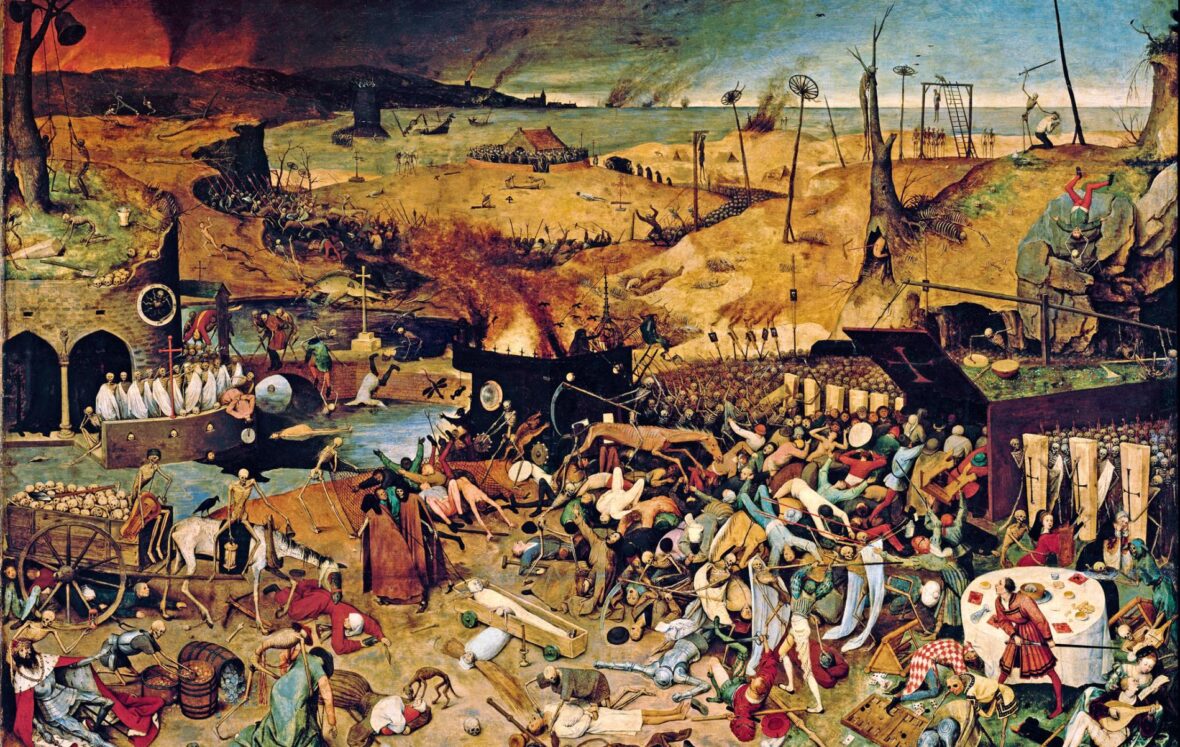If war can wipe out millions of lives from the face of Earth, so can a disease. The worst ever pandemic in history of mankind was the Black Death that claimed the lives of nearly 75 to 200 million people worldwide. The disease received its name ‘Black Death’ in Europe where it was responsible for wiping out nearly 30-60% of the total European population. So, what was the disease? How did it spread? How was it stopped? Take a look below for 30 fascinating and interesting facts about the Black Death.
1. Black Death was a plague epidemic that swept across Europe between 1348 and 1353, killing nearly 25 to 60% of the entire population of Europe. Some historians however claim that the plague wiped out nearly 2/3rd of the entire European population.
2. The plague reached Europe through the sea in October 1348. In that month, 12 Genoese trading ships came to Messina’s Sicilian port. The ships arrived through Black Sea.
3. To their utmost horror, people who came to greet the ships’ crew found many of the crew members to be dead and those who were alive were terribly sick, suffering with pain and high fever and were simply unable to keep their food down in their gut.
4. People who were sick had their bodies covered with black boils that oozed out pus and blood. It was because of the black boils that the disease was named Black Death.
5. By the time the Sicilian authorities ordered the ships to move out of the port, it was pretty late. Black Death had already made its way into Sicily and over the course of next 5 years, it claimed millions of lives.
6. Interestingly, the name ‘Black Death’ was actually not adopted immediately. In fact, it was known as “the Pestilence” or “the Great Mortality”.
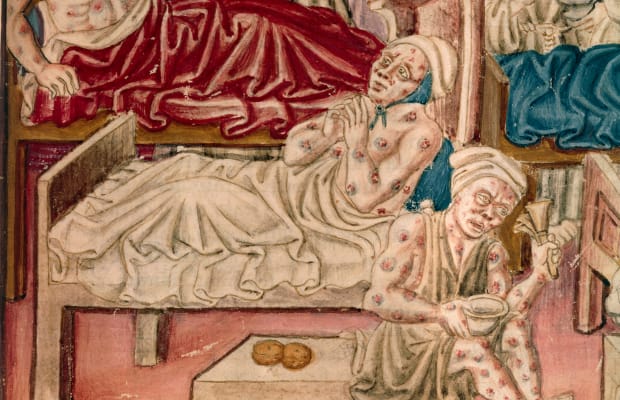
7. The dirty dance of the plague ended in 1353 but that was not a complete end. It kept returning after every few years and continued to kill people until the end of the 15th century.
8. The emergence of Black Death was actually the second pandemic. Prior to the onset of the plague during the Middle Ages, Europe was hit in the 6th century by the Justinian’s Plague. That too was deadly and killed many people but Black Death had far more devastating consequences.
9. The exponential expansion of the Black Death was a result of the then societal conditions. The plague entered Europe a few years after the continent experienced a massive surge in population growth and two consecutive years of torrential rains and bitter cold. The harsh environmental conditions destroyed grain crops. Due to the shortage of food supply, more and more people alongside animals herded into populous city areas, thereby providing the perfect environment for propagation of the plague.
10. According to rumors of 1346, the plague had first struck China from where it spread throughout Asia and moved on to Egypt, Syria, Persia, India and then finally reaching Europe.
11. According to rumors, the plague had depopulated the whole of India, which of course was not true.
12. From Sicily, as the plague swept through Europe, it managed to penetrate far into Greenland and Iceland. The harsh weather conditions there along with the devastating plague brought an end to European colonies in Greenland.
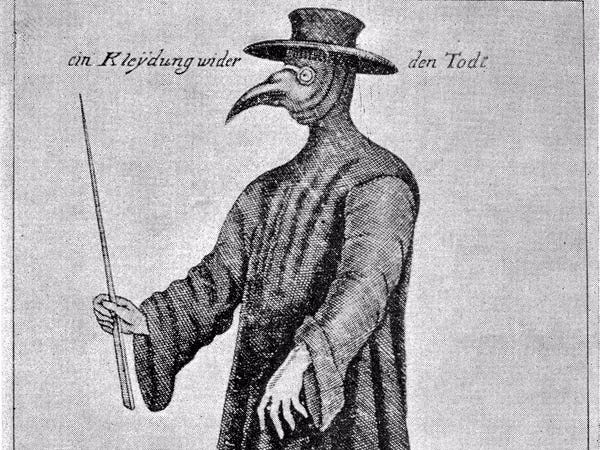
13. The plague claimed the lives of half of Siena’s population. When the plague started ravaging the city, construction of world’s largest cathedral was in progress. It was because of the sudden outbreak of the plague that the construction work was halted and was never resumed. Today, one can still find the unfinished work standing in the city as a reminder of the catastrophe.
14. The plague managed to hit Norway in 1349 when a wool-carrying ship from England halted at Bergen port. Within days, the entire ship crew were dead and then the rampage started in rest of Norway.
15. It was during the plague that the Christians started blaming the Jews for spreading the plague. They argued that the Jews wanted to bring Christianity to an end. However, the truth was that the Muslims and Jews were equally affected.
16. Many of the Jews were actually tortured who eventually ended up confessing that they poisoned different water sources including wells to help spreading the plague. Thousands of Jews were either killed or expelled.
17. In Germany’s Strassburg, literally thousands of Jews were asked to convert to Christianity or be burned alive on stakes rows on a platform built on city’s burial ground. Those who did not convert to Christianity were killed. More than 2000 Jews were burned to death.
18. When the plague massacre reached its peak, the ill-informed doctors of those days resorted to treatments with urine, dung and other weird stuff which literally aided spreading of the disease. The reason such weird stuff were used for treatment was that the doctors started believing that bad smell can drive the plague out.
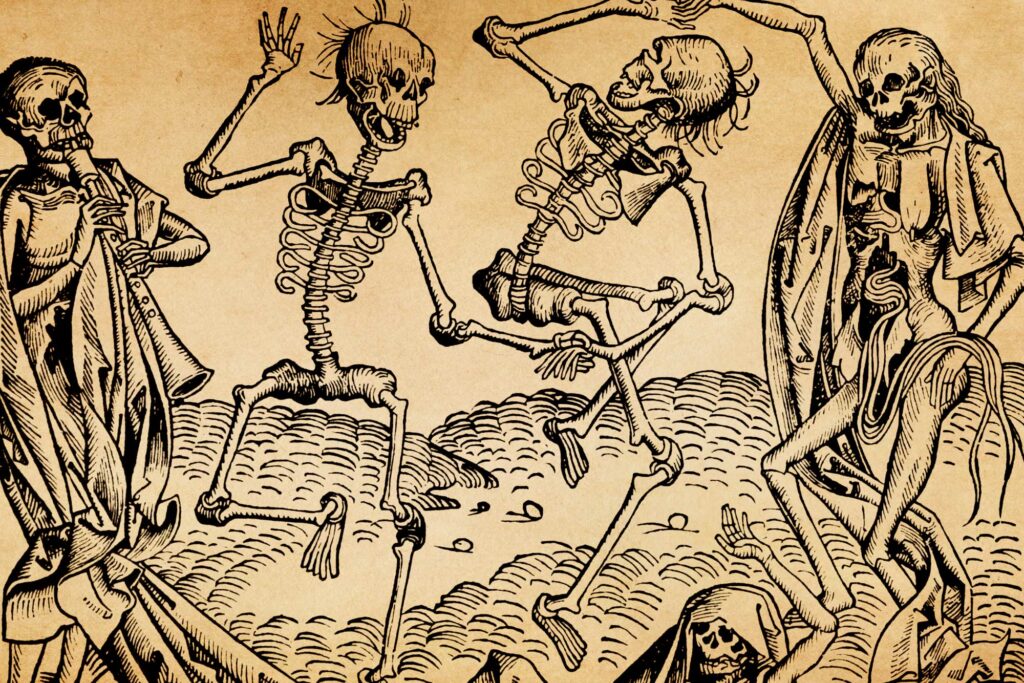
19. Not bathing during the plague really did catch up throughout Europe and so, in order to hide the bad odor, perfumes and several colognes such as the Eau de Colonge was used extensively.
20. Closed communities were extremely vulnerable to the plague. In communities like nunneries and monasteries, one person getting infected meant that everyone died because nuns and monks actually tended to the sick and contracted the plague.
21. In Montriuex monastery, a monk named Gherardo was the only one to survive along with his dog. The remaining 34 monks died because of the plague and Gherardo was the person who buried the dead bodies of those dead monks.
22. Similarly, in Montpellier, 7 out of 140 Dominican brothers managed to survive the plague.
23. English soldiers who returned from France brought the plague. The round of plague epidemic caused by this soldiers in England was extremely devastating and killed around 75% of total population in several areas.
24. According to historians, prior to the onset of the plague, music was widespread in Europe however, the devastating consequence of the plague almost killed the music culture with music becoming scant.
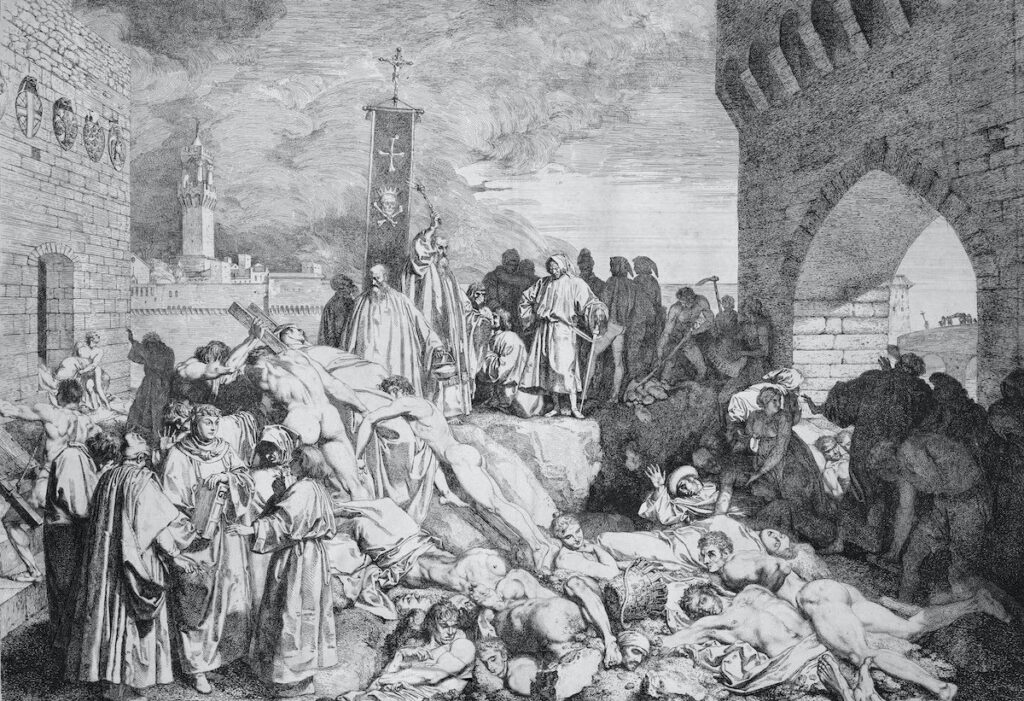
25. Literature and visual art changed course during the plague and the misery of the human kind was widely depicted in almost all verticals.
26. It was because of the Black Death that Catholic Church lost its influence and Protestantism cropped up.
27. In 1347 when the Tartars invaded and sieged Kaffa – a Genoese city, it was reported that the invaders threw the dead bodies of the plague victims into the city and thereby infecting the inhabitants of the city.
28. Todays most of the experts around the world agree to the fact that the plague was caused by a bacillus named Yersinia pestis (Y. pestis). According to experts, fleas on infected rodents and rats are the primary transmitters of the bacillus.
29. Unfortunately, back in the Middle Ages during the plague, rats were very common in cities and used to travel the world on ships. Sadly enough, no attention was diverted to rats because people were simply unaware of the fact.
30. During the 1980s, many scientists had actually blamed the plague on diseases such as typhus and anthrax.

